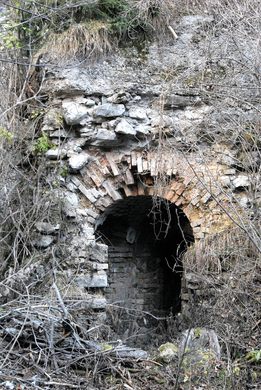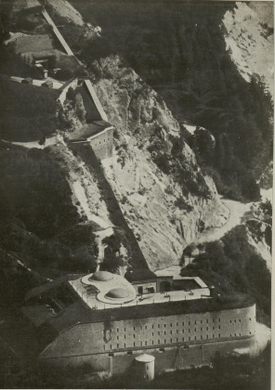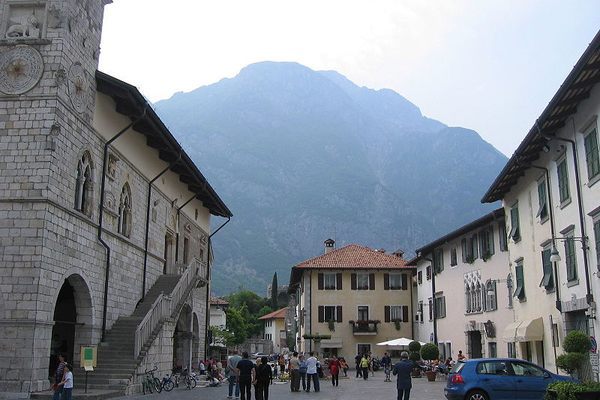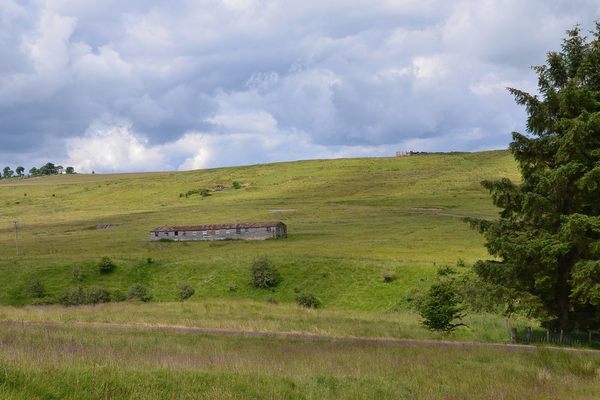Fort Hensel
The hilltop ruins of a border fortification in the Italian Alps that was much fought over.
During his reign, Napoleon was seen as invincible, but in 1808 the French Empire saw some defeats in Spain, and this encouraged the Austrian Empire to join the Anti-French Alliance. The war moved to the Alps and saw fighting at Fort Malborgeth commanded by Austrian Captain Friedrich Hensel. For three days, from May 14 to 17, 1809, the commander and his men heroically fought to their death. His actions delayed the French Army long enough to allow Austrian Archduke Charles to defeat Napoleon’s forces at the Battle of Aspern-Essling on May 21. Hensel’s last stand was widely respected and celebrated by the Austrian Empire.
After the 1866 Austro-Prussian War, the Italian border moved closer to the Austrian heartland. This frontier change raised the importance of Fort Malborgeth, so it was modernized and renamed Fort Hensel after its heroic defender. The fort consisted of two large buildings at different elevations, and a network of walls around.
When Italy entered World War I on May 23, 1915, it declared war on the Austro-Hungarian Empire. Fort Hensel was only 2.5 miles from the border and guarded a key mountain pass. The Imperial Austrian Army knew that the fort’s defenses wouldn’t be able to stand up to the Italian army’s artillery. Some of the fort’s armaments were actually removed and set up outside the fort in recognition of this.
On June 20, 1915, shells as large as 12 inches were fired continuously at the Austrian fort for 48 days. The Italians fired blindly, angling their shots almost straight up to get over the mountain ridges and down onto the fort. In these initial days, 300 tons of munitions were dropped on the fort and the Italians scored 1,200 direct hits. Yet the fort somehow stood strong, and its troops refused to surrender. The bombardment continued for a total of 10 months. The final blow was a shell that penetrated the fort’s magazine, causing a huge explosion. When Fort Hensel was abandoned on March 19, 1916, it was little more than a pile of rubble. After the Austro-Hungarian Empire was carved up, the region was given to Italy. It now lies in the Italian province of Udine, Friuli–Venezia Giulia, and is in ruins and largely overgrown.




















Follow us on Twitter to get the latest on the world's hidden wonders.
Like us on Facebook to get the latest on the world's hidden wonders.
Follow us on Twitter Like us on Facebook